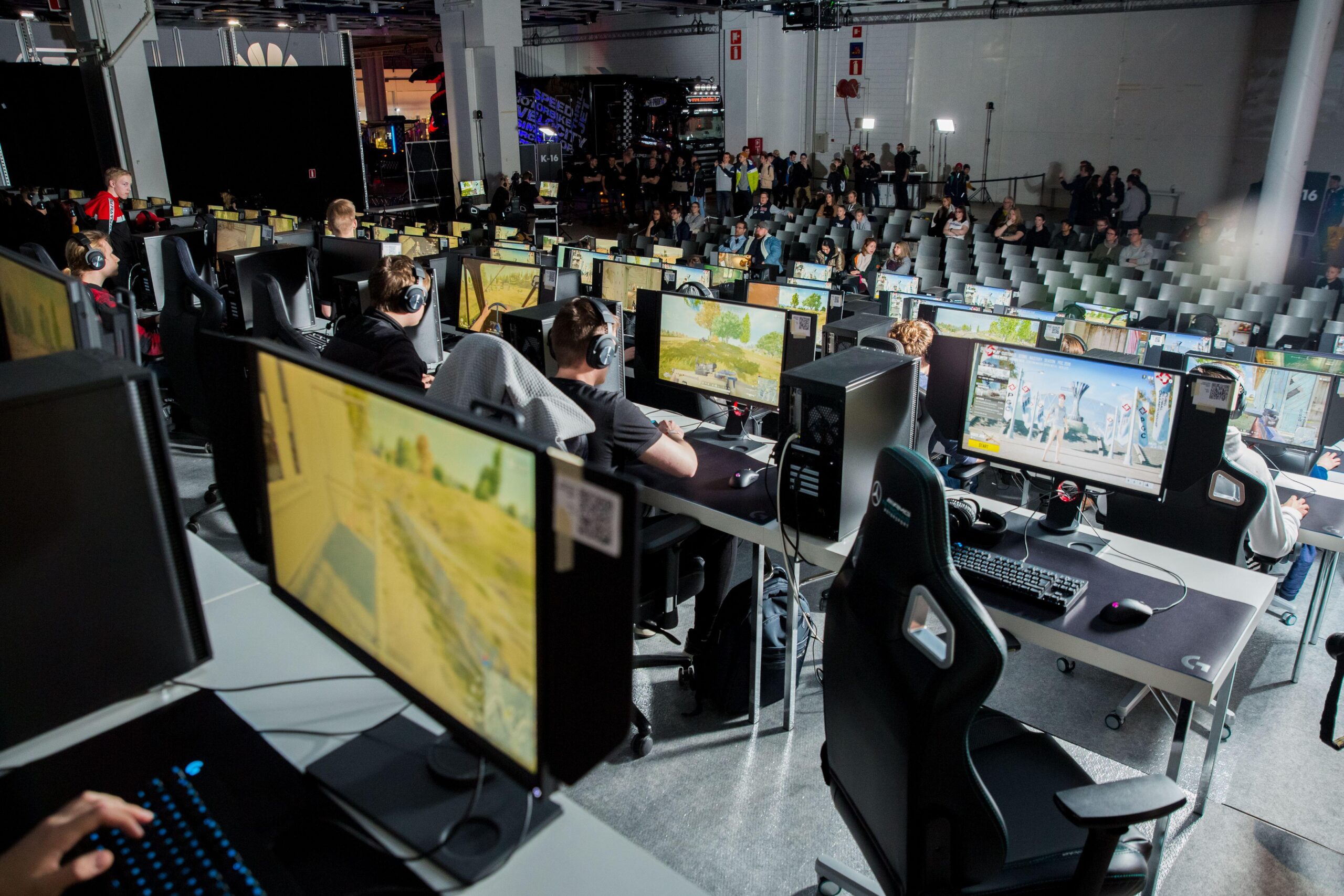Rise of the Rōnin stands out as a bold attempt to bring historical realism to the open-world RPG genre. Developed by Team Ninja, the game is set during the Bakumatsu period in 19th-century Japan—a time of immense cultural upheaval and modernization. Unlike many games that romanticize feudal Japan, Rise of the Rōnin focuses on a pivotal moment when the nation grappled with foreign influence, internal conflict, and the transition from the Edo period to the Meiji Restoration.
The Bakumatsu Period Is A Time of Chaos and Change
The Bakumatsu period (1853–1867) marked the end of Japan’s isolationist policies under the Tokugawa Shogunate. The arrival of Commodore Matthew Perry’s “Black Ships” forced Japan to open its borders to Western trade, exposing the country to rapid modernization and foreign influence. This era saw a clash between traditionalists who sought to preserve Japanese culture and reformists who embraced modernization as a means of survival.
The game captures this tension through its richly detailed world. Players navigate cities like Yokohama, Edo, and Kyoto, where Western architecture and technology coexist uneasily with traditional Japanese elements. The game’s attention to detail extends to clothing, weaponry, and even everyday items like pocket watches and horseless carriages. This blending of old and new creates a visually striking representation of a society at a crossroads.
Authenticity in World-Building In Rise of the Rōnin Is A Balancing Act
Team Ninja’s commitment to historical accuracy is evident in Rise of the Rōnin. Iconic landmarks like Kyoto’s Kiyomizudera Temple are recreated with painstaking detail, while lesser-known locations such as Edo’s Yoshiwara red-light district are brought back to life through historical records. The game avoids the “Ubisoft tower” approach, encouraging players to explore organically rather than relying on map markers.
However, authenticity in world-building is not without its challenges. Developers must strike a balance between historical accuracy and engaging gameplay. For example, while traditional samurai weapons like katanas play a central role, players also have access to firearms introduced during this period. This inclusion reflects historical realities but risks alienating purists who prefer a more traditional depiction of samurai combat.
Characters as Mirrors of Historical Conflict
The characters in Rise of the Rōnin embody the ideological struggles of their time. The protagonist, a ronin caught between pro- and anti-Shogunate factions, meets allies and enemies with diverse perspectives on Japan’s future. For instance, Ryoma Sakamoto—a historical figure known for his role in modernizing Japan—serves as a companion who comments on the political and technological changes shaping the nation.
This nuanced portrayal contrasts sharply with games like Assassin’s Creed Shadows, which faced criticism for oversimplifying Japanese history. By presenting characters with conflicting motivations and beliefs, Rise of the Rōnin offers players a more complex understanding of this turbulent era. These interactions encourage players to consider their own choices carefully, adding depth to both the narrative and gameplay.
Challenges in Representing Cultural Authenticity
Creating an authentic depiction of historical Japan involves navigating several challenges. One major hurdle is avoiding stereotypes or exoticism that reduce Japanese culture to clichés. Rise of the Rōnin succeeds by grounding its narrative in real events and social dynamics rather than relying on tropes like mystical ninjas or exaggerated samurai honor codes.
Another challenge lies in reconciling historical accuracy with player freedom. Open-world games thrive on exploration and choice, but these elements can sometimes conflict with historical constraints. For example, allowing players to side with opposing factions might dilute the impact of their decisions if those choices lack meaningful consequences.
Rise of the Rōnin Gameplay Mechanics Rooted in History
The gameplay mechanics in Rise of the Rōnin reflect its historical setting while enhancing player immersion. Combat combines traditional samurai techniques with modern firearms, illustrating how warfare evolved during this period. Players can also engage in side activities like trading or crafting, which mimic economic practices from 19th-century Japan.
The game’s difficulty settings—Dawn, Dusk, and Twilight—symbolize the sun metaphorically setting on Japan’s Edo period. These options not only cater to different player skill levels but also reinforce the game’s thematic focus on change and uncertainty.
Lessons from Historical Fiction in Gaming
Historical fiction games like Rise of the Rōnin demonstrate how storytelling can bring history to life for modern audiences. By immersing players in a meticulously crafted world, these games provide an interactive way to explore complex historical events. However, they also highlight the importance of responsible representation.
Developers must collaborate with historians and cultural experts to ensure accuracy while respecting artistic freedom. Games that succeed in this endeavor—such as Ghost of Tsushima—set a high standard for others to follow.
Why Cultural Authenticity Matters in Open-World RPGs
Cultural authenticity enhances immersion by making game worlds feel believable and lived-in. In Rise of the Rōnin, this authenticity extends beyond visuals to include dialogue, character motivations, and societal dynamics. Players gain insight into how historical events shaped individual lives and collective identities.
Authenticity also fosters respect for the cultures being depicted. By portraying Japanese history with care and nuance, Rise of the Rōnin invites players to appreciate its richness rather than reducing it to mere backdrop.
Key Elements That Enhance Cultural Authenticity:
- Detailed Environments: Faithful recreations of cities like Kyoto and Yokohama.
- Historical Context: Storylines rooted in real events like Commodore Perry’s arrival.
- Complex Characters: Diverse viewpoints reflecting societal divisions.
Challenges Developers Face:
- Balancing Freedom with Accuracy: Ensuring player choices align with historical realities.
- Avoiding Stereotypes: Steering clear of tropes that oversimplify cultural nuances.
Rise of the Rōnin Brings A New Standard for Historical RPGs
Rise of the Rōnin sets a new benchmark for integrating cultural authenticity into open-world RPGs. Its meticulous attention to detail—combined with compelling characters and thoughtful gameplay mechanics—offers players an immersive journey through one of Japan’s most transformative periods.
By embracing both history and innovation, Team Ninja has created an experience that resonates with gamers and history enthusiasts alike. As more developers tackle historical settings, Rise of the Rōnin serves as a shining example of how games can educate while entertaining—a rare feat worth celebrating.







